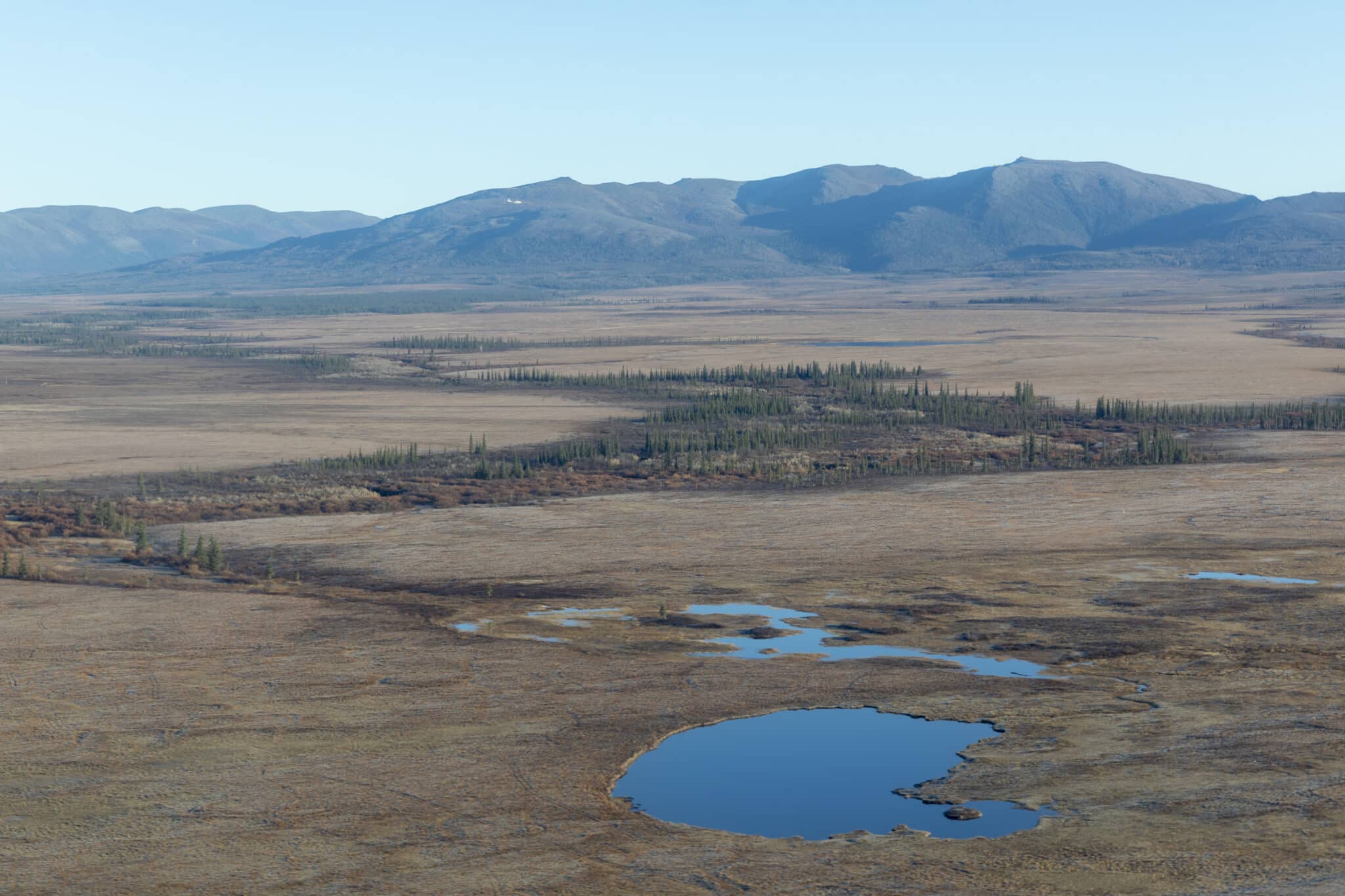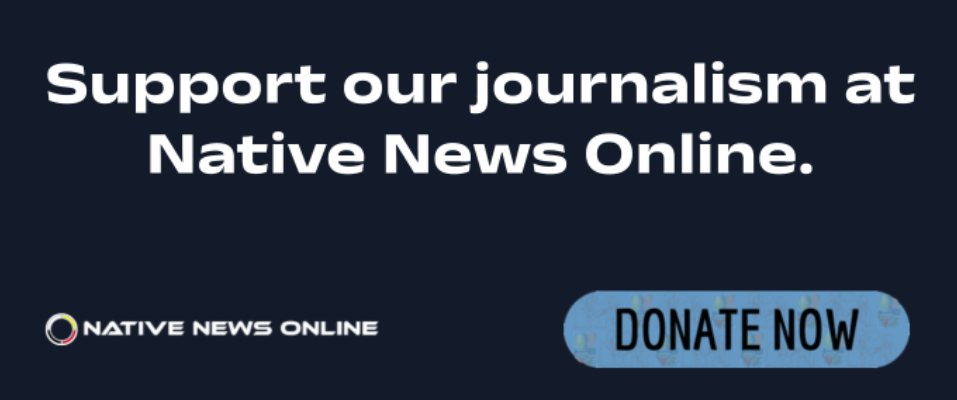
- Details
- By Native News Online Staff
The U.S. Department of the Interior on Wednesday announced the transfer of nearly 28,000 acres of land to NANA Regional Corporation, Inc., under Section 12(c) of the Alaska Native Claims Settlement Act (ANCSA). With this conveyance, NANA’s total land entitlement now exceeds 713,000 acres, representing 96% completion of its entitlement. This milestone supports efforts to fulfill ANCSA obligations.
“This land transfer is a clear example of the Trump administration delivering on its promises,” Secretary of the Interior Doug Burgum said in a press release. “The Department is committed to honoring the agreements made with Alaska Native corporations, cutting federal red tape and unlocking Alaska’s full potential. By putting land into Alaska Native hands, we are advancing opportunity in Alaska, while reducing federal barriers to resource development.”
NANA Regional Corporatioin President and CEO John Lincoln praised the transfer. “NANA is pleased to receive the first land transfer to an Alaska Native Corporation under the Alaska Land Transfer Acceleration Act. We are grateful to President Trump, Secretary Burgum, Alaska’s federal delegation, and their teams for their hard work towards fulfilling federal commitments to Alaska Natives" Lincoln said.
"NANA’s land selections were made many years ago by our Elders and past leadership. We look forward to continuing to work closely with our federal government on the conveyance of the remaining 100,000+ acres of selected lands and on other issues of great importance to our state and nation," he continued.
Enacted in 1971, the Alaska Native Claims Settlement Act (ANCSA) resolved aboriginal land claims by establishing regional and village corporations to receive title to designated federal lands. Although most land selections were made in the early 1970s, the Bureau of Land Management continues to process complex conveyances like this one.
More Stories Like This
50 Years of Self-Determination: How a Landmark Act Empowered Tribal Sovereignty and Transformed Federal-Tribal RelationsThe Shinnecock Nation Fights State of New York Over Signs and Sovereignty
Navajo Nation Council Members Attend 2025 Diné Action Plan Winter Gathering
Ute Tribe Files Federal Lawsuit Challenging Colorado Parks legislation
NCAI Resolution Condemns “Alligator Alcatraz”
Help us defend tribal sovereignty.
At Native News Online, our mission is rooted in telling the stories that strengthen sovereignty and uplift Indigenous voices — not just at year’s end, but every single day.
Because of your generosity last year, we were able to keep our reporters on the ground in tribal communities, at national gatherings and in the halls of Congress — covering the issues that matter most to Indian Country: sovereignty, culture, education, health and economic opportunity.
That support sustained us through a tough year in 2025. Now, as we look to the year ahead, we need your help right now to ensure warrior journalism remains strong — reporting that defends tribal sovereignty, amplifies Native truth, and holds power accountable.
 The stakes couldn't be higher. Your support keeps Native voices heard, Native stories told and Native sovereignty defended.
The stakes couldn't be higher. Your support keeps Native voices heard, Native stories told and Native sovereignty defended.
Stand with Warrior Journalism today.
Levi Rickert (Potawatomi), Editor & Publisher


